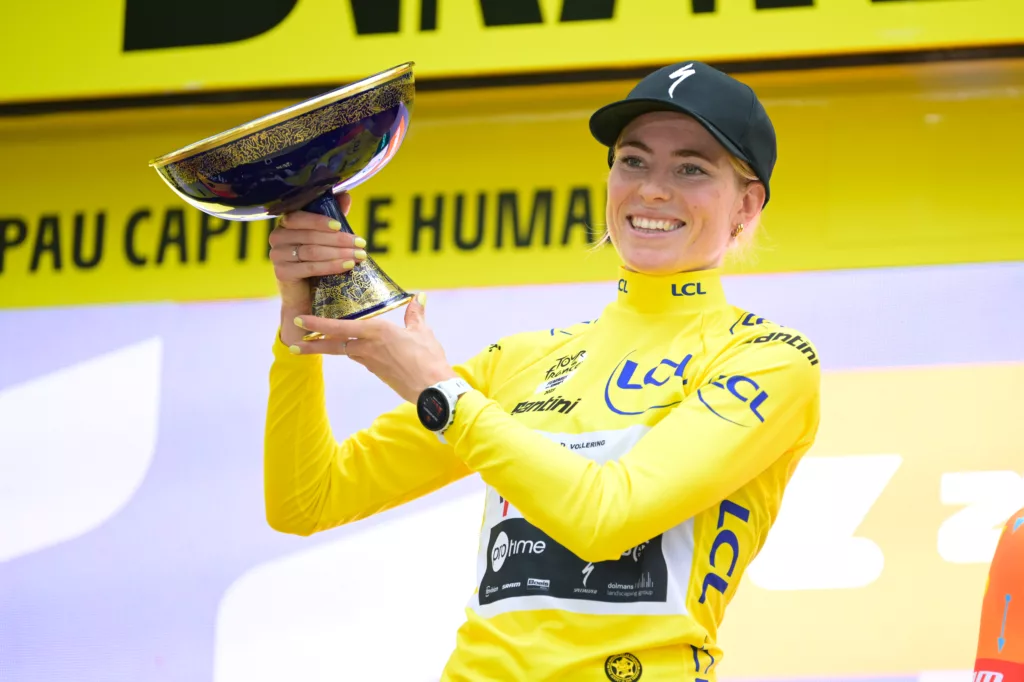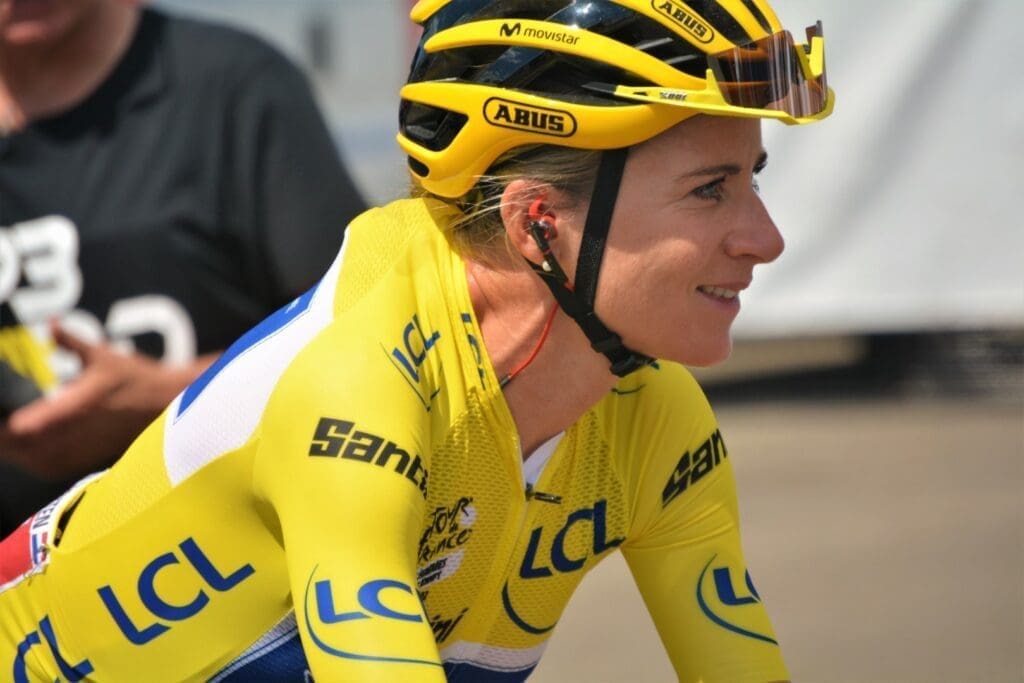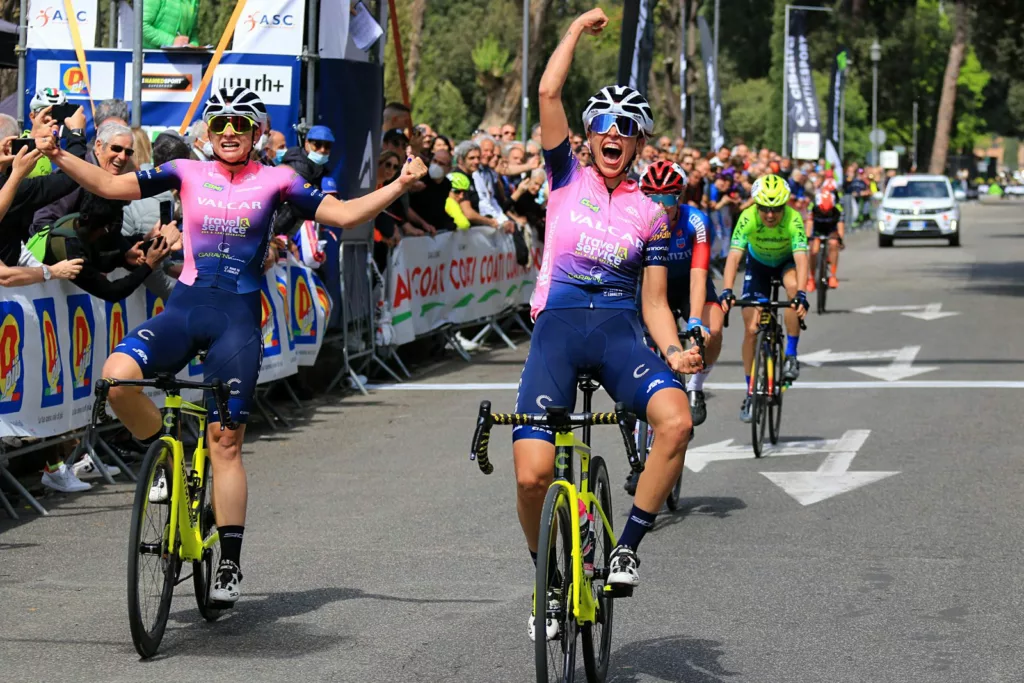The Tour de France Femmes, a significant event in women’s cycling, marks a pivotal moment in the sport’s history. This article delves into the race’s background, highlighting its importance in promoting gender equality in professional cycling. We’ll explore the challenges and triumphs faced by female cyclists, the course details, and the impact this event has on the wider sporting community. As the women’s equivalent of the iconic Tour de France, the Tour de France Femmes not only showcases exceptional athletic talent but also symbolises a progressive step towards inclusivity in competitive cycling.
Table of Contents
Toggle1. What is the Tour de France Femmes?
The Tour de France Femmes is a women’s professional road bicycle racing stage race. It is the female counterpart to the men’s Tour de France, one of the most prestigious and challenging races in the world. The race was first held in 1984 and was initially known as the Tour de France Féminin. However, due to various issues including financial difficulties, the race was discontinued by ASO after 1989 and lingered on for a few years under another name and organiser but without the same status. It was revived in 2014 under the name La Course by Le Tour de France, but it was not until 2022 that a full-length women’s Tour de France was reintroduced. There was also a one-off race held in 1955 but as it was run by different organisers its ties to the current race are a little stretched.
The Tour de France Femmes is designed to test the endurance, speed, and tactical acumen of the world’s best female cyclists. It is a multi-stage race, meaning that it is conducted over several days with different routes each day. The race includes flat stages, mountain stages, and time trials, providing a comprehensive test of a cyclist’s abilities.
The race is held annually and attracts the best female cyclists from around the world. It is part of the UCI Women’s WorldTour, the premier women’s cycling tour, and is one of the most prestigious races on the calendar. The race is known for its challenging routes, which often include some of the most difficult climbs in France.
The winner of the Tour de France Femmes is the cyclist with the lowest aggregate time over all the stages. There are also other competitions within the race, such as the points classification, which rewards the most consistent finishers, and the mountains classification, which rewards the best climbers.
The Tour de France Femmes is a significant event in women’s cycling, and its reintroduction in 2022 was widely celebrated. It represents a major step forward in the recognition and promotion of women’s cycling and is a testament to the skill, determination, and athleticism of female cyclists.
2. How long is the Tour de France Femmes?
The length of the Tour de France Femmes can vary from year to year, depending on the specific routes chosen by the organisers. However, the 2022 edition of the race was approximately 1,000 kilometres long, spread over eight stages. This makes it one of the longest races on the women’s calendar, and a significant challenge for the competitors.
The race is divided into stages, with each stage being a separate race. The stages can vary in length but are typically between 100 and 150 kilometres long. The race includes a mix of flat stages, mountain stages, and time trials, each of which presents challenges. The 2024 Tour de France Femmes has stages between 6.3km for a short time trial, all the way up to 160km for the longest stage.
The length of the race is one of the factors that makes the Tour de France Femmes such a prestigious event. It requires a combination of endurance, speed, and tactical acumen to succeed over such a long distance, and the winner is often considered one of the best all-around cyclists in the world.
The length of the race also makes it a significant logistical undertaking. The race is held over eight days and involves a large number of competitors, support staff, and spectators. The race is broadcast on television and attracts a large global audience, adding to the complexity of the event.
Despite the challenges, the length of the Tour de France Femmes is one of its most appealing aspects. It provides a comprehensive test of a cyclist’s abilities, and the variety of stages ensures that the race is always exciting and unpredictable.
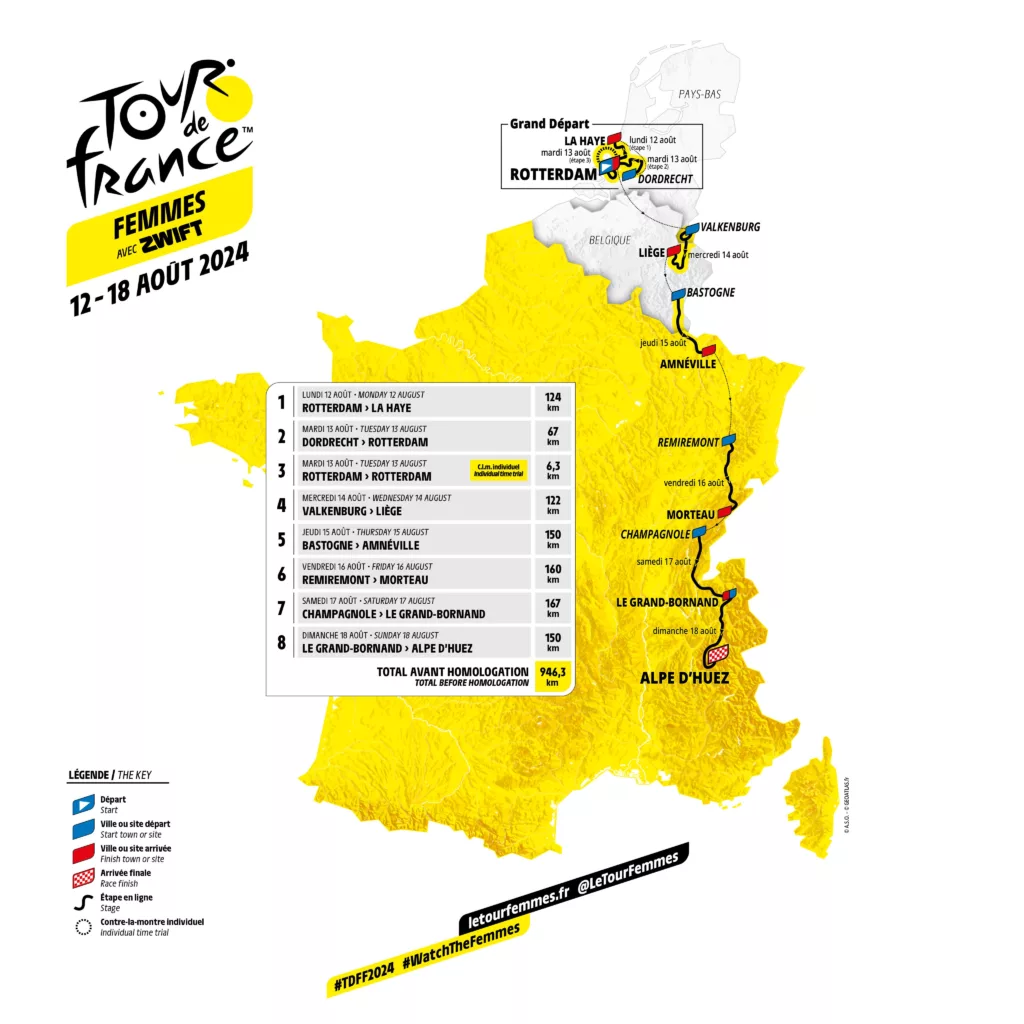
3. Who can participate in the Tour de France Femmes?
The Tour de France Femmes is open to professional female cyclists. The race is part of the UCI Women’s WorldTour, which is the premier women’s cycling tour. This means that the race attracts the best female cyclists from around the world, who compete for the prestigious title.
The race is contested by teams, with each team typically consisting of six riders. The teams can be made up of riders of different nationalities, and are often sponsored by companies or organisations. The teams are responsible for supporting their riders throughout the race, providing them with tactical advice, mechanical support, and physical sustenance.
The race is open to riders of all ages, although most competitors are in their twenties or thirties. The race is known for its challenging routes and high level of competition, making it a significant challenge for even the most experienced riders.
The Tour de France Femmes is a significant event in the women’s cycling calendar, and participation in the race is often a career highlight for many riders. The race provides an opportunity for female cyclists to showcase their skills on a global stage, and to compete against the best riders in the world.
4. How can I watch the Tour de France Femmes?
The Tour de France Femmes is broadcast on television and online, making it accessible to viewers around the world. The race is covered by a number of different broadcasters, depending on the country. In the UK, for example, the race is typically broadcast on ITV4 or Eurosport.
The race is also streamed online, allowing viewers to watch the race live or on demand. This can be a convenient option for those who are unable to watch the race on television, or who prefer to watch the race at their own pace.
In addition to the live coverage, many broadcasters also provide highlights packages, allowing viewers to catch up on the key moments of the race. These packages often include interviews with the riders, analysis of the race, and behind-the-scenes footage, providing a comprehensive overview of the event.
For those who prefer to follow the race in real-time, many websites and social media platforms provide live updates and commentary. This can be a great way to stay up to date with the race as it unfolds and to engage with other fans.
Watching the Tour de France Femmes can be a thrilling experience, as the race is known for its exciting and unpredictable nature. Whether you’re a seasoned cycling fan or a newcomer to the sport, the race offers plenty of drama and excitement.
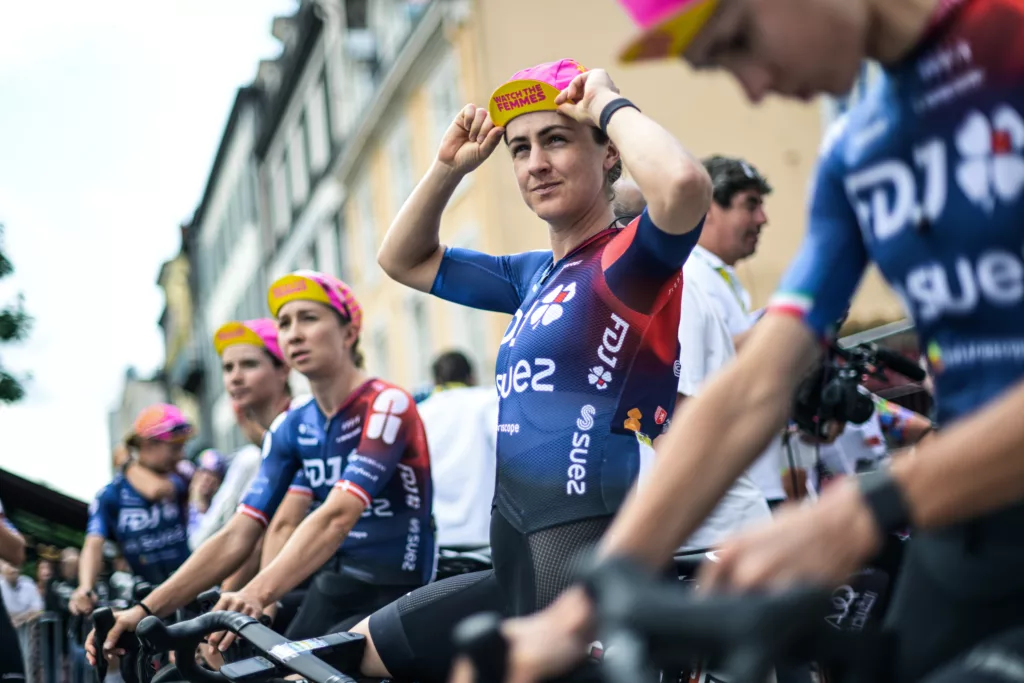
5. What are the key stages of the Tour de France Femmes?
The Tour de France Femmes is a multi-stage race, meaning that it is conducted over several days with different routes each day. The race typically includes a mix of flat stages, mountain stages, and time trials, each of which presents its own challenges.
The flat stages are typically the fastest stages of the race, with the riders often reaching speeds of over 40 kilometres per hour. These stages are often decided by a sprint finish, in which the fastest riders compete for the stage win.
The mountain stages are the most challenging stages of the race, featuring steep climbs and fast descents. These stages often have a significant impact on the overall standings, as the riders have to contend with the physical challenge of the climbs and the tactical challenge of managing their energy levels.
The time trials are individual races against the clock, with the riders starting at regular intervals and racing alone, rather than in a group. These stages are a test of speed and endurance, and can also have a significant impact on the overall standings.
In addition to these stages, the race often includes a team time trial, in which the teams race against the clock. This stage is a test of teamwork and coordination, as the teams have to work together to achieve the fastest possible time.
Each stage of the Tour de France Femmes has challenges to overcome, and the variety of stages ensures that the race is always exciting and unpredictable.
6. Who are the notable winners of the Tour de France Femmes?
The Tour de France Femmes and its forebears have been won by some of the most successful and influential cyclists in the history of women’s cycling. The race is one of the most prestigious events on the women’s calendar, and winning the race is often considered a career-defining achievement.
The first edition of the original race, held in 1984, was won by Marianne Martin of the United States. Martin’s victory was a significant moment in the history of women’s cycling, as it marked the first time that a women’s Tour de France had been held.
Other notable winners of the race include Jeannie Longo of France, who won the race three times, and Leontien van Moorsel of the Netherlands, who also won the race three times. Both Longo and van Moorsel are considered among the greatest female cyclists of all time, and their victories in the Tour de France Femmes are among their most significant achievements.
In recent years, the race known as La Course by Le Tour de France has been dominated by Annemiek van Vleuten of the Netherlands, who won the race in 2019 and 2020. Van Vleuten is one of the most successful cyclists of her generation, and her victories in the Tour de France Femmes have cemented her status as one of the best riders in the world. She would win the first version of the Tour de France Femmes, with Demi Vollering winning in 2023.
The list of winners of the Tour de France Femmes is a who’s who of women’s cycling, and the race continues to attract the best riders in the world.
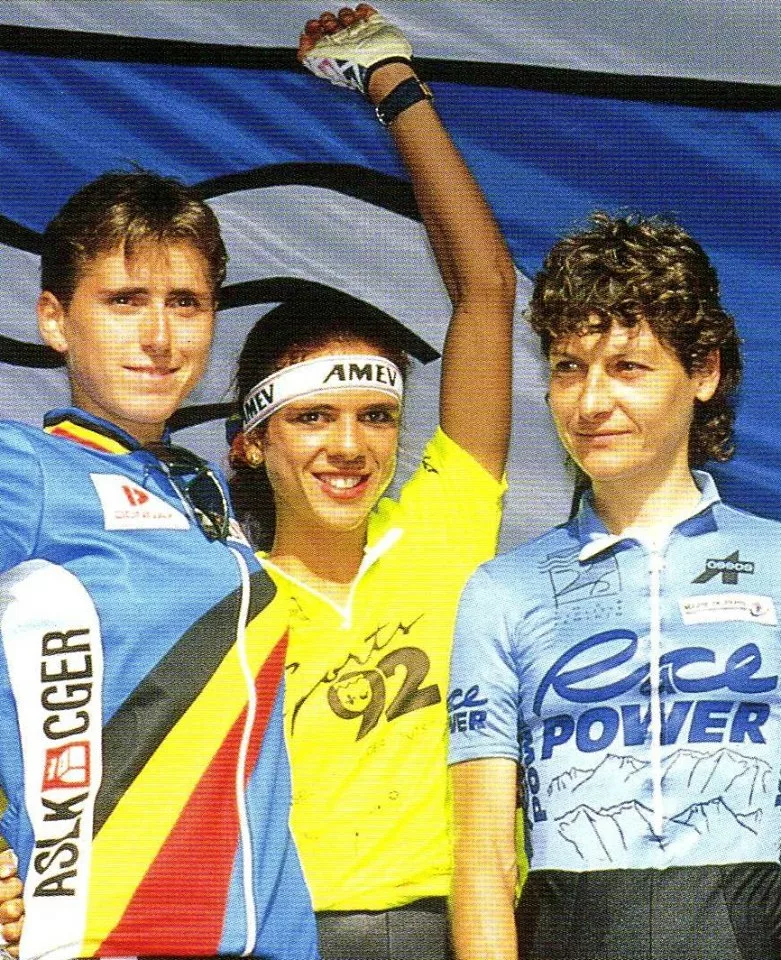
7. What is the significance of the Tour de France Femmes for women’s cycling?
The Tour de France Femmes is a significant event in women’s cycling. It is one of the most prestigious races on the women’s calendar, and its reintroduction in 2022 was widely celebrated as a major step forward for the sport.
The race provides a platform for female cyclists to showcase their skills and compete against the best riders in the world. It is broadcast on television and streamed online, reaching a global audience and raising the profile of women’s cycling.
The race is also significant because it is held as the men’s Tour de France finishes, one of the most famous and prestigious races in the world. This allows the women’s race to benefit from the infrastructure and media attention of the continued attention after the men’s race, and helps to promote equality in the sport.
The Tour de France Femmes is not just a race, but a celebration of women’s cycling. It represents the skill, determination, and athleticism of female cyclists, and is a testament to the progress that has been made in promoting and recognising women’s cycling.
8. How is the winner of the Tour de France Femmes decided?
The winner of the Tour de France Femmes is the cyclist with the lowest aggregate time over all the stages. This means that the winner is not necessarily the cyclist who wins the most stages, but the cyclist who completes the entire race in the shortest amount of time.
Each stage of the race is timed, and the times of each rider are added together to determine their overall time. The rider with the lowest overall time at the end of the race is declared the winner.
In addition to the overall winner, there are also other competitions within the race. These include the points classification, which rewards the most consistent finishers, the mountains classification, which rewards the best climbers, and the young rider classification, which rewards the best rider under the age of 25.
The winner of the Tour de France Femmes is often considered one of the best all-around cyclists in the world, as the race requires a combination of endurance, speed, and tactical acumen.
9. What are the challenges faced by the riders in the Tour de France Femmes?
The Tour de France Femmes is one of the most challenging races on the women’s calendar. The race is held over a period of eight days and involves a variety of stages, including flat stages, mountain stages, and time trials. This requires the riders to be versatile and adaptable, able to excel in different types of racing.
The mountain stages are often the most challenging part of the race. These stages feature steep climbs and fast descents and require the riders to have excellent climbing skills and a high level of fitness. The mountain stages often have a significant impact on the overall standings and are a key focus for many riders.
The time trials are also a significant challenge. These are individual races against the clock, requiring the riders to maintain a high speed over a long distance. The time trials can be physically and mentally demanding, as the riders have to push themselves to the limit while also managing their effort to ensure they don’t tire too quickly.
In addition to the physical challenges, the riders also have to contend with the tactical aspects of the race. This includes managing their energy levels over the course of the race, working with their team to gain an advantage, and responding to the moves of their rivals.
Despite the challenges, the Tour de France Femmes is a coveted title, and the riders are motivated by the prestige and recognition that comes with winning the race.
10. How can I get involved in the Tour de France Femmes?
There are several ways to get involved in the Tour de France Femmes. One of the most direct ways is to become a professional cyclist and compete in the race. This requires a high level of skill and fitness and is a significant commitment. However, it can also be a rewarding and fulfilling career.
For those who are not professional cyclists, there are other ways to get involved. One option is to volunteer at the race. The race relies on a large number of volunteers to help with various aspects of the event, from marshalling the course to providing support to the riders.
Another option is to become a spectator. The race is held in various locations throughout France, and attracts large crowds of spectators. Watching the race in person can be a thrilling experience, and is a great way to support the riders and the sport.
Finally, you can follow the race on television or online. The race is broadcast on various channels and streamed on various platforms, making it accessible to viewers around the world. Following the race can be a great way to learn more about the sport and to engage with the cycling community.
Whether you’re a professional cyclist, a volunteer, a spectator, or a fan, there are many ways to get involved in the race and to support women’s cycling.


